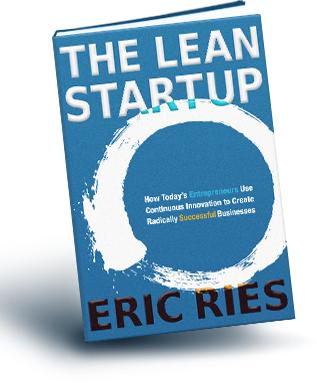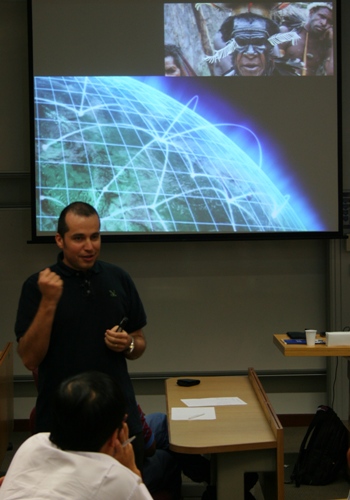As we argue that the Fourth Revolution is the age of the Exponential, we also face daily a singular problem: the start of an exponential curve, as seen closely, is… FLAT! Whereas it can bring to great heights in a small number of cycles, the beginning can be very disappointing.

And here lies the big struggle of all startups and all human projects. The beginning is flat. Almost always.
But… is it FLAT like DEAD – nothing will never happen and it will remain indefinitely zero, or is it FLAT like the beginning of an exponential that could bring the project to unknown heights?
It turns out that this is a very difficult problem and a lot of writing has been produced on what boils down to this problem. How can we know what kind of FLAT we are facing? When should we call it off, deciding it will never take off? When do we need to be persistent even if the results are poor at present?
Luckily the exponential startup FLAT is never completely FLAT: it is possible to use a microscope and detect some movement. If it shows a definite positive trend then, even if it’s much lower than what you were looking for at the moment, keep the effort, an exponential is possibly being created. If the results vary but look more like an inconsistent random pattern, kill it.
Change the scale of your observation. An exponential will remain an exponential even if very tiny. And you will see if it’s the right kind of FLAT.
Unfortunately, a lot of people kill their project because the result is not satisfactory without checking the actual trend.
What’s the trend on your latest project?








